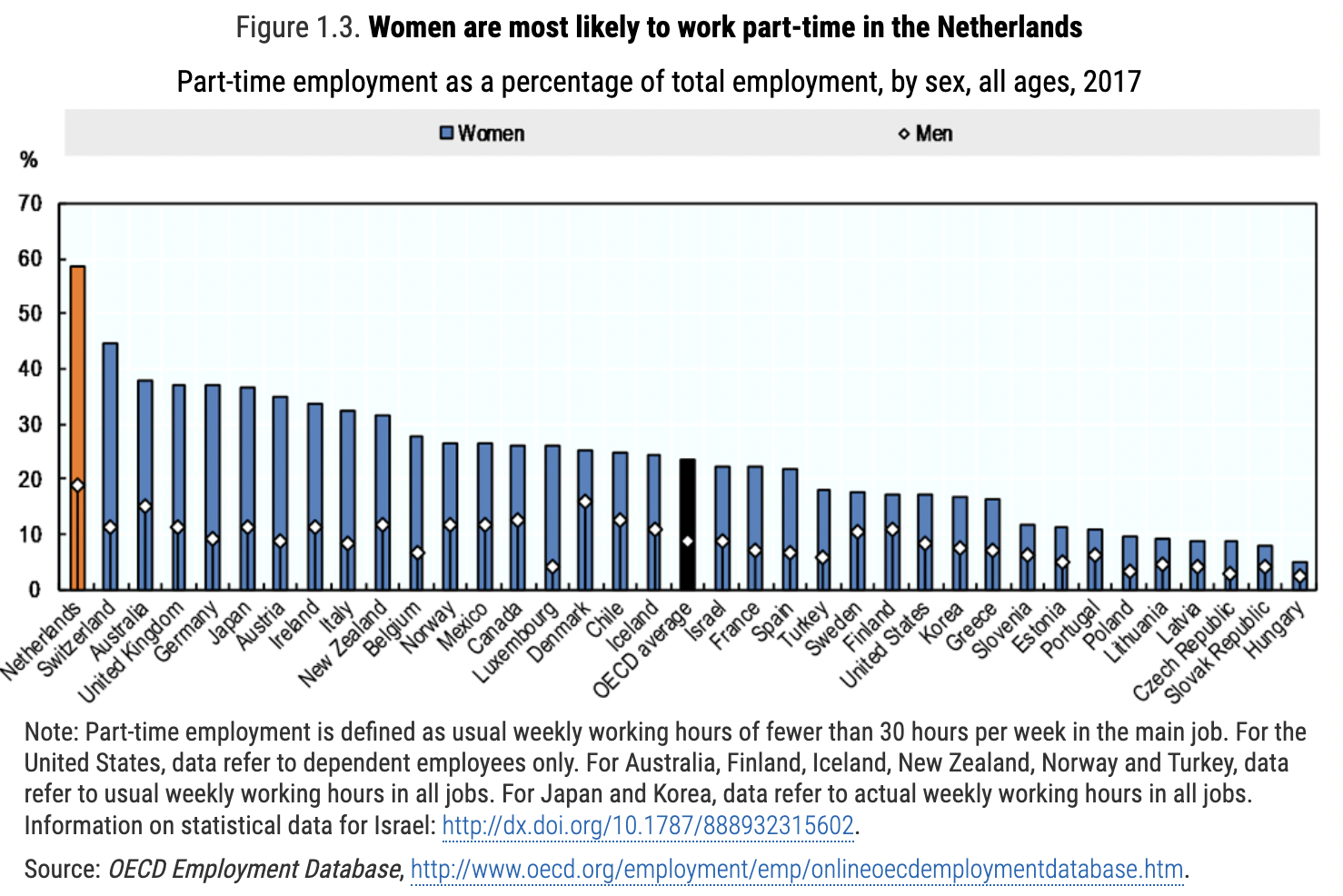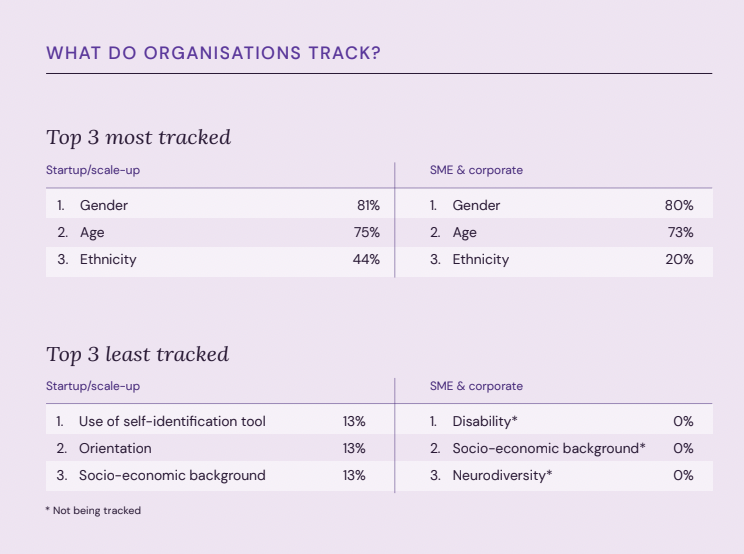#The hybrid workplace could make tech companies less inclusive — here’s what you can do

Table of Contents
“The hybrid workplace could make tech companies less inclusive — here’s what you can do”
Now, with half of workers wanting to continue the work from home life and the other half running back to the office with open arms, companies are weighing the potential benefits of remote, hybrid, and flexible work arrangements.
In the wake of the ‘Great Resignation,’ some say that offering remote and hybrid work options can even help create a more equitable work environment by leveling the playing field, allowing for more flexibility, and limiting the microaggressions people of color often have to confront in the workplace.
And a number of surveys support this by showing that diverse talent are in fact more likely to be searching for remote opportunities. This comes at a time when tech companies are coming under more scrutiny to improve on diversity and inclusion (D&I).
As a result, a number of opinion pieces have come out encouraging tech companies to offer remote and hybrid work as a means to attract more diverse candidates.
But before you start posting up a storm of vacancies, we need to stop and consider. Offering more remote and flexible work options may make our companies more diverse, but will it make them more inclusive? And will these benefits be enough to retain diverse talent in the long-term?
It’s not that simple. Here we’ll dig deeper into data gathered by Techleap.nl and D&I experts from the fast-growing Dutch tech scene.
Unintended consequences
As Slack found in its recent Future Forum Pulse:
“Executives, white knowledge workers, men and non-parents are opting into in-office work at higher rates, raising the risk that proximity bias could entrench existing inequities.”
While remote and flexible work options can provide easier working conditions, it can also bring a new divide between those who are in the office and those who work online.
When it comes to salary and promotion opportunities, it’s those who are seen on a daily basis who are top of mind. When it comes time for performance reviews, how will managers assess the performance of their remote employees vs those they see in person every day? These are just a few of the many new complexities that the future of remote, hybrid, and flexible work can bring.
To improve D&I, we need to dig deeper into the potential side effects.
What’s more, diversity is an umbrella term that encompasses so many different people and situations, making introducing new D&I processes a complex undertaking with many variables to consider. What might have positive consequences for one group may have a negative impact on another. Even within one group, the impact of a new initiative or process can have different impacts depending on your perspective and even unintended spillover effects.
There are now a number of articles that generally proclaim hybrid and flexible work approaches improve gender equality. But, if you look at the research that’s been conducted so far, you can see mixed results. While some studies show that remote work allows more working mothers the flexibility they need to continue participating in the workforce, others show that these kinds of initiatives can reinforce traditional gender roles.
One great example is the Netherlands’ experience with part-time work. While its introduction was meant to help more parents find a better work-life balance, it led to more women than men taking part-time work.

While it means mothers are indeed continuing to participate in the workforce, with women working less hours, it also exacerbates the gender gap in terms of pay and promotion.

Are we doomed?
No. But when introducing such a sweeping change as hybrid work, we need to be more aware and intentional about how, what, and why we’re introducing these changes and how they’ll impact other processes across the organization.
All this is to say that, if we truly want to improve diversity and inclusion with a new process or initiative, we need to dig deeper into the potential side effects and fully consider what we want to achieve.
People mean different things when they say hybrid work.
Whether or not you’re adopting a hybrid work structure to attract more diverse talent, the future of work is moving in this direction and, as such, we need to consider how diversity and inclusion will factor in moving forward.
Sounds overwhelming?
We spoke with two experts to find out how we can build more diverse and inclusive hybrid and flexible work structures.
Start with data
Here in the Netherlands, a recent report by Techleap.nl, Diversity Hero, and the NLdigital Task Force Diversity & Inclusion and supported by the Dutch ministry of Economic Affairs and Climate + Booking.com showed that, while the Dutch tech ecosystem has made some improvements, it still has a long way to go.
The report, launched during TNW Conference 2022, was the first time the Netherlands introduced a benchmark specifically on D&I for the tech industry, representing 30,000 employees. It found that:
- Women now make up 30% of leadership roles within the digital industry
- 21% of tech roles are occupied by women
- 22% of women are in senior tech roles

However, the Netherlands, like the rest of Europe, suffers from a lack of diversity data, with gender the only indicator that’s regularly tracked by tech companies. The report found that 70% of companies do not track ethnicity data, while disability, socio-economic background, orientation, and neurodiversity are among the least (if ever) tracked indicators.

One of the authors of the report, Yeni Joseph, Lead of the Taskforce Diversity and Inclusion by NLdigital, explained why it’s essential to start tracking this data now:
If we actually measure the current situation of D&I in the workplace, we’ll know better which interventions are needed to accelerate change and improvements. And, this really allows us to actually measure the impact/effect of those interventions.
By having D&I data, companies can set dedicated KPIs, goals, targets (and treat it as seriously as e.g. sales targets). Because too often there are no dedicated D&I KPIs, there is no consequence for not meeting D&I targets, as they are seen as ‘nice to haves.’ We know that ‘what gets measured, gets done easier/faster.’ Especially with companies in the tech space that are used to making decisions based on data.
By joining an industry benchmark (like the D&I in digital benchmark by Diversity Hero) companies can compare their own efforts and results with others in the industry to actually know where they stand. If they do well, it’s something that helps them to attract new, diverse talent. If not, they can learn from peers in the industry how to improve.
Define what the future of work means for you
Dr. Yuval Engel, Associate Professor of Entrepreneurship at the University of Amsterdam and an expert in startups’ D&I practices, says the most important thing to do is define the question you want to answer.
And it’s not as simple as saying: “If we introduce hybrid work, will our organization become more diverse/inclusive?”
“People mean different things when they say hybrid work,” Engel said. “And then, even for people that mean the same thing, companies implement it differently, so it comes in many different flavors. Then people use these flavors in many different ways.”
Introducing a completely new system like this can be extremely disorienting at first, because it uproots established norms and creates a sort of workplace wild west until new ones are formed.
Start by defining what hybrid, flexible, or part-time work means for your company. Does hybrid work mean working from home one or four days a week? If you have a meeting, where can people dial in from? Even simple things like deciding whether people should have their cameras off or on during meetings are important to define from the start.
Redefine the ideal worker
Having half of your staff working remote can easily lead to bias during performance review, compensation, and advancement conversations.
“If the ideal worker is still the one who comes to the office regularly, the one that stays up late working on whatever is urgent, etc, this will unconsciously create an image of who the top performers are based on old ideals,” Engel said.
If you implement a hybrid system, but your image of who the ideal worker is doesn’t adapt to it, then everything remains serving the existing power structures, which tend to benefit certain demographic groups and not others.
Rethinking your image of the ideal worker, Engel added, “helps change all the policies from ‘Who are we hiring?’ to ‘How are we promoting people and what type of remuneration are they getting?’”
Having trouble defining these terms?
Not to worry. The missing ingredient in creating an inclusive culture is often making the process itself inclusive.
Joseph suggests using surveys to learn more about the workplace models that your employees are looking for and actually desire:
When crafting hybrid work policies, be aware of the inequities hybrid work can create or worsen. Designing with these practical dimensions of inclusion in mind is critical for creating an equitable organization. For example, offering sufficient (financial) support to have the right facilities to work from home like office furniture, supplies, stable internet connection, etc.
Last but not least, don’t forget the power of connection. A number of studies show that, while remote has its upsides, loneliness is often the tradeoff. But the more friends employees have at work, the more likely they are to be engaged and satisfied with their job.
“Create opportunities/moments to celebrate and recognize success, both as a company/team and as individuals,” Joseph said.
If you liked the article, do not forget to share it with your friends. Follow us on Google News too, click on the star and choose us from your favorites.
For forums sites go to Forum.BuradaBiliyorum.Com
If you want to read more like this article, you can visit our Technology category.




